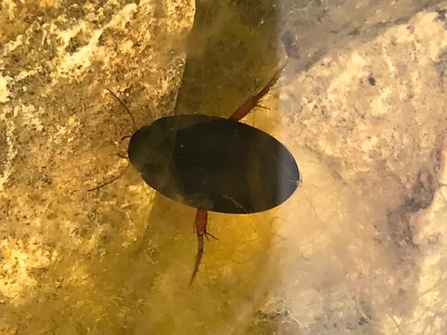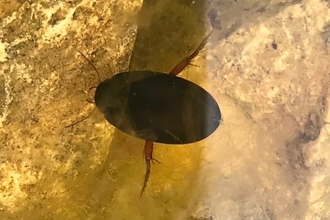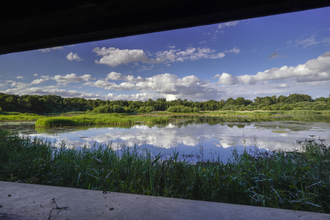Water exciting find!
Berosus luridus – tiny 5mm long brown beetles - has faced heavy declines in Yorkshire, having previously been found at a handful of other reserves including Askham Bog. Jim’s discovery was made about 1.5km away from Yorkshire’s one last record, noted in 1937 at what is now nearby Potteric Carr nature reserves - long enough ago that the beetle had been presumed extinct at Potteric Carr.
The area around Potteric Carr and Carr Lodge is significant in Yorkshire for its water beetles; in fact, nearly half of the 210 species recorded in Yorkshire have been found there since 2000!
This incredible diversity of species is down to the careful maintenance and diversity of habitat at Potteric Carr and Carr Lodge nature reserves by Jim and the team.
They’ve created new ponds to provide extra habitat, introduced river meandering and grazing livestock to prevent willow trees from taking over. Vegetation is kept in check with a range of plant heights around lakes and water courses to suit different species.







